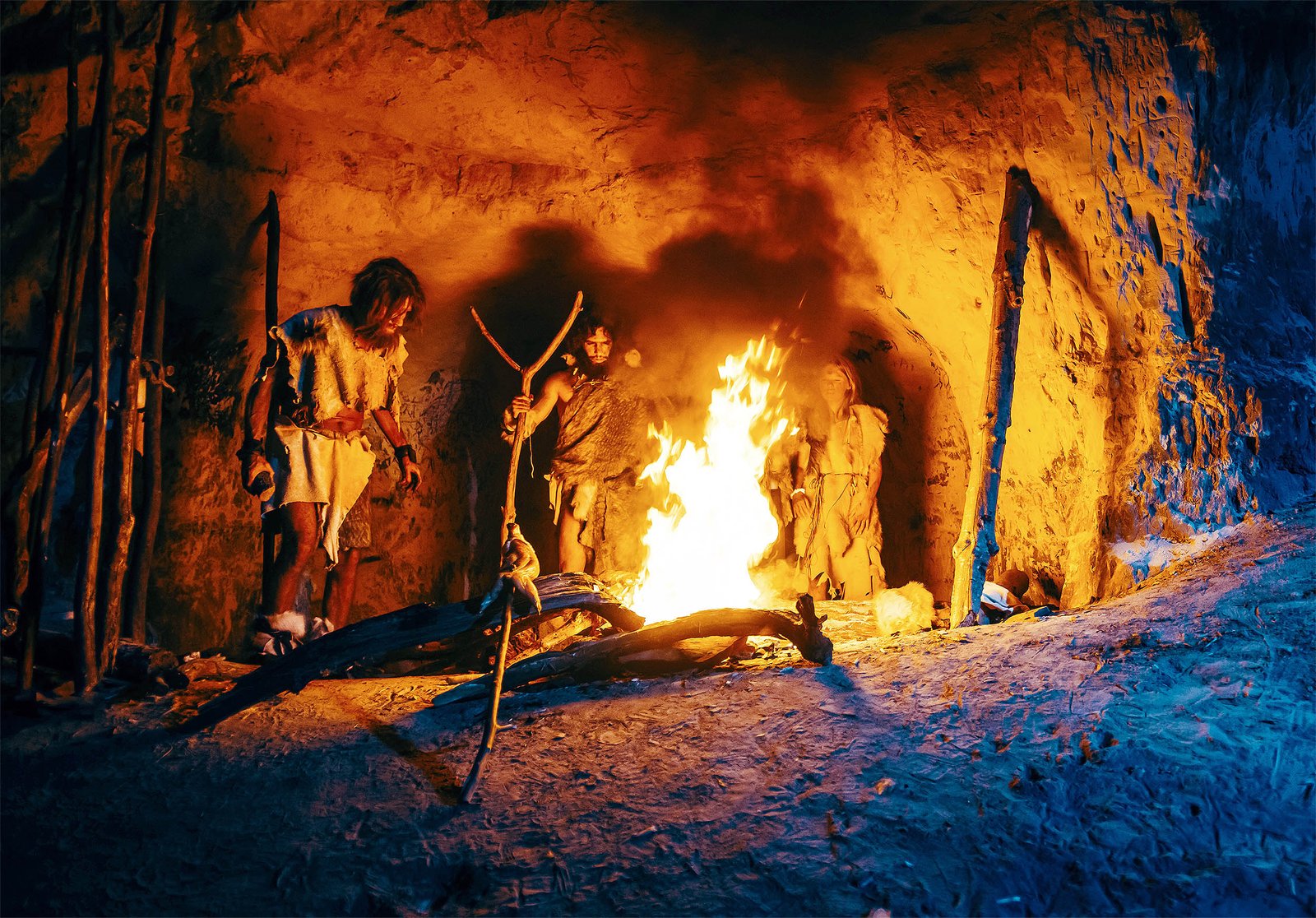For everyday domestic tasks like cooking, heating, creating tools, or providing light, fire was crucial to the ice age inhabitants’ survival. It is puzzling, nonetheless, that no proof of the well-preserved fireplaces from the coldest ice-age locations in Europe has been discovered. Researchers’ findings about how upper Palaeolithic people used fireplaces between 26,500 and 19,000 years ago, during the Last Glacial Maximum, were published in the journal Geoarchaeology. On April 14, 2025, the University of Vienna issued a press statement highlighting the results of advanced fire construction techniques.
Ice Age Fire-Making Techniques Revealed
To help solve the puzzle of ice period fire, a team of experts from the Universities of Algarve and Vienna, lead by archaeologist Philip R. Nigst, undertook the investigation. According to an investigation of three hearths at an ancient site on the Dnister River in Ukraine, humans from the last Ice Age constructed several kinds of hearths and used wood, bones, and fat to improve the sustaining flames in the frigid climate. According to charcoal analysis, these were spruce wood.
The findings indicate that they constructed a variety of hearths rather than being restricted to a particular fire-building technique. The journal Geoarchaeology reported these findings on April 1. The researchers found three flat, wood-fired hearths after doing colorimetric, micromorphological, and microstratigraphic analyses. One of the fires reached temperatures of almost 650 degrees Celsius, which is an intriguing fact. According to the scientists, this demonstrates that, in spite of the hostile environment they lived in, whomever built this fireplace was skilled with pyrotechnics.
One of the researchers, zooarchaeologist Marjolein D. Bosch, stated that more research is necessary to determine whether the animal bones that were burned at 650 degrees Celsius were burned as fuel or if the incident was an accident. The elegant and well-organized fireplaces seemed to have been built according to the season. One fireplace’s size and thickness give the impression that it can withstand high heat. According to Night, hunter-gatherers used these stoves at various seasons of the year.
Future Scope of Discussions
Why there is still thus little trace of fires from the ice period is a mystery.
Murphee requests that the soil be frozen and thawed in order to eliminate the majority of the evidence. Nigst went on to say that they might have had trouble controlling the fuel during the last glacial maximum. This could also indicate that technological methods other than fire are being used. The group wants to learn more about how fire helped our species become dominant and how it influenced human evolution.















